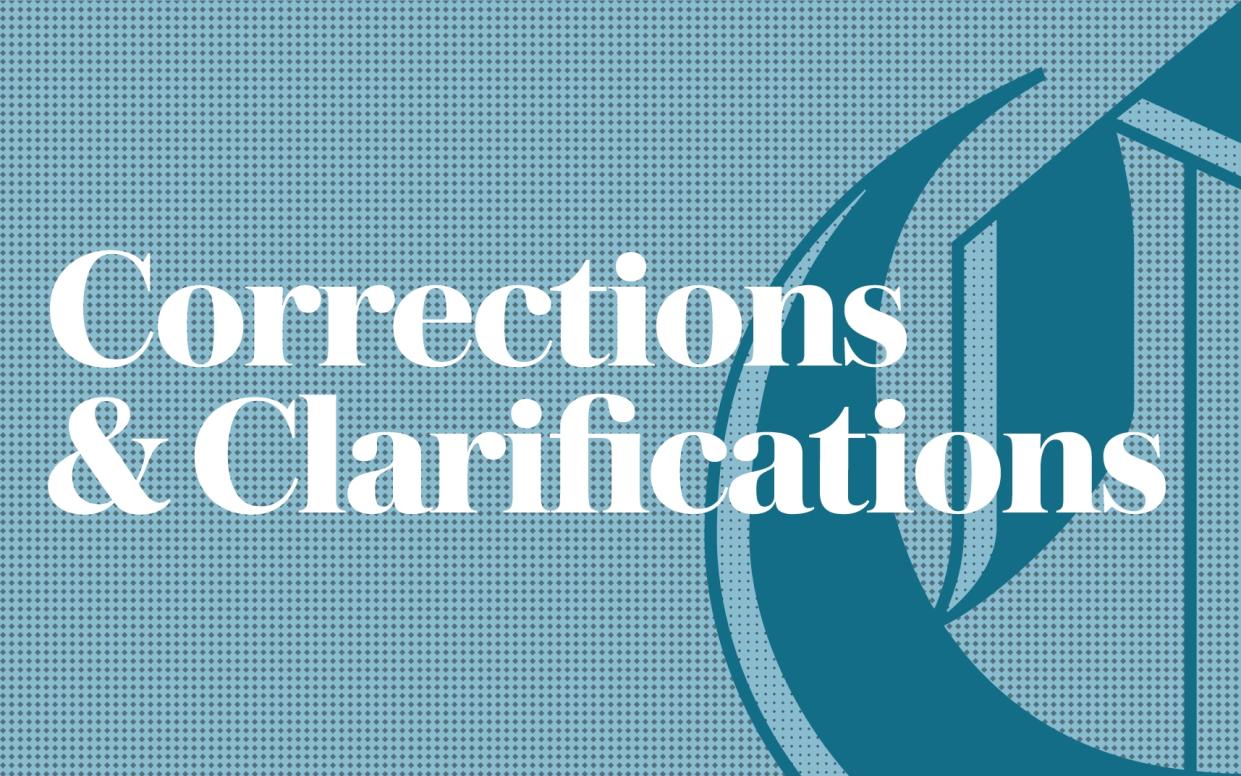IPSO finds against Telegraph over publication of child’s image

Eloise Dixon complained to the Independent Press Standards Organisation that the Daily Telegraph breached Clause 6 (Children) of the Editors’ Code of Practice in an article headlined “British tourist shot in favela in Rio ‘too scared’ to speak to police”, published on 9 August 2017.
The complainant said that the newspaper had published a photograph of her child without her face blurred and without consent, in breach of Clause 6. She said that her child had been disturbed by the publication of the photograph, which she considered to be private.
The newspaper did not accept a breach of the Code. The photograph had been taken ten years ago, so it did not consider that the child, who was not named in the article, would be easily recognisable from the image. It also noted that the image was publicly available on the complainant’s public Facebook page. The newspaper said that in any case, there was also a public interest in publishing the photograph as it helped to bring home to readers the gravity of the situation in which children had been involved.
The article clearly reported on a subject which involved the child’s welfare: she had been involved in a shooting and had witnessed her mother being shot and seriously injured. The un-pixilated photograph of the child showed her full face. The image of the child had been taken 10 years ago; however, this did not justify the newspaper’s decision to publish it un-pixilated in the context of this article as the child was still under 16 at the time of publication.
Publishing the unedited image in the context of this story, without the consent of a parent or a similarly responsible adult, represented a breach of Clause 6. There was no specific public interest in publishing this image, particularly as an exceptional public interest justification was required in the case of a child. The complaint under Clause 6 was upheld.

 Yahoo News
Yahoo News 
